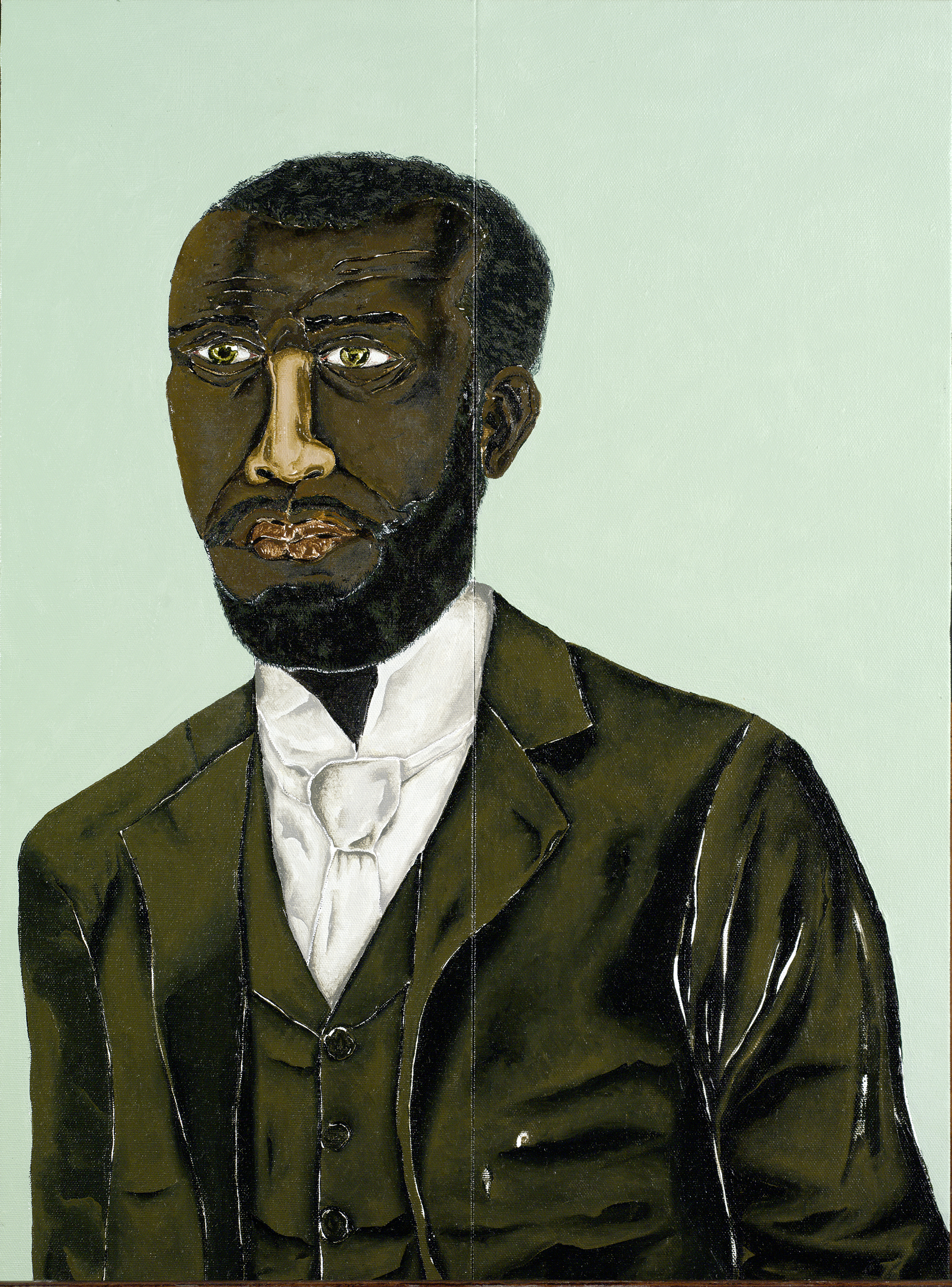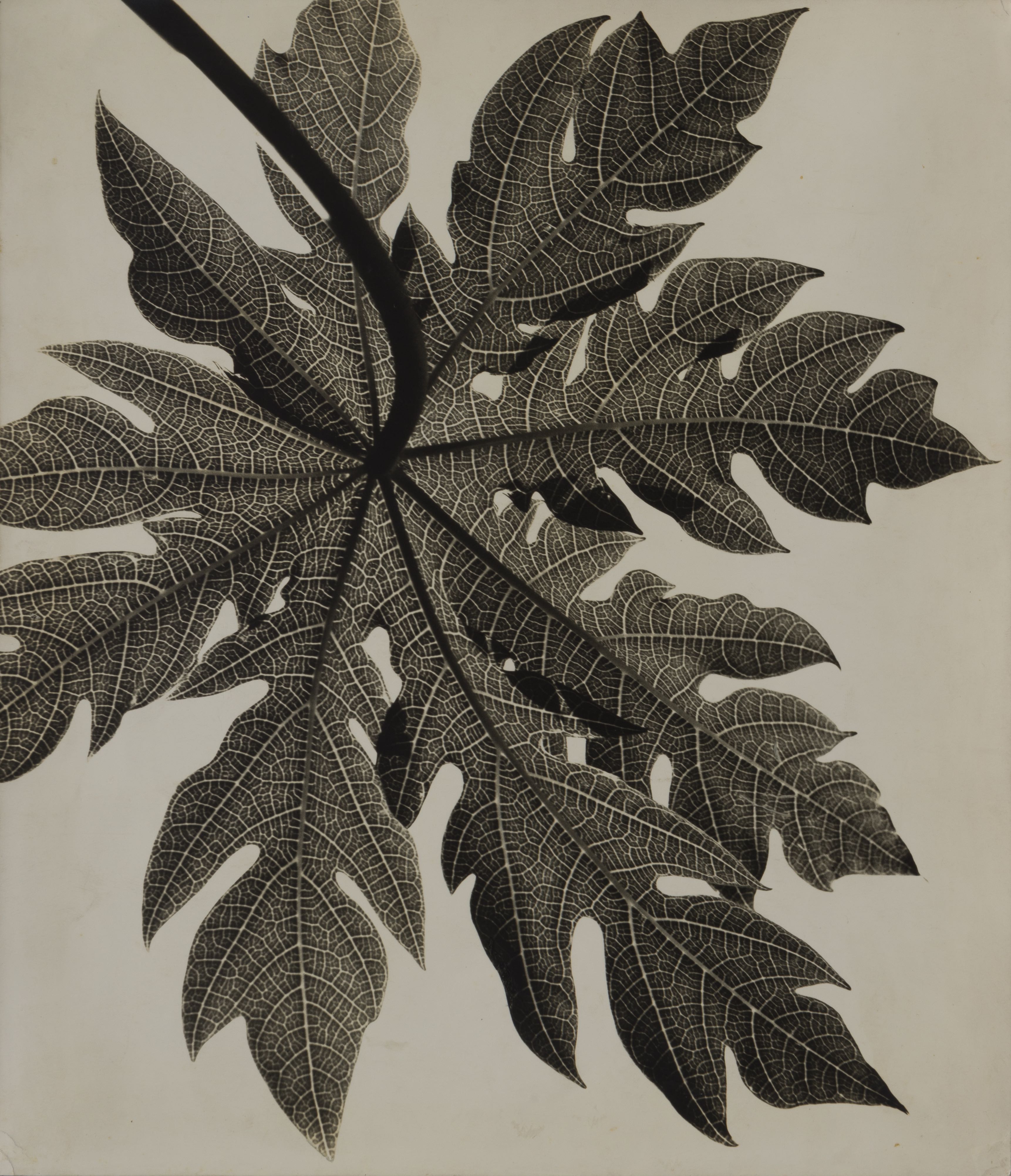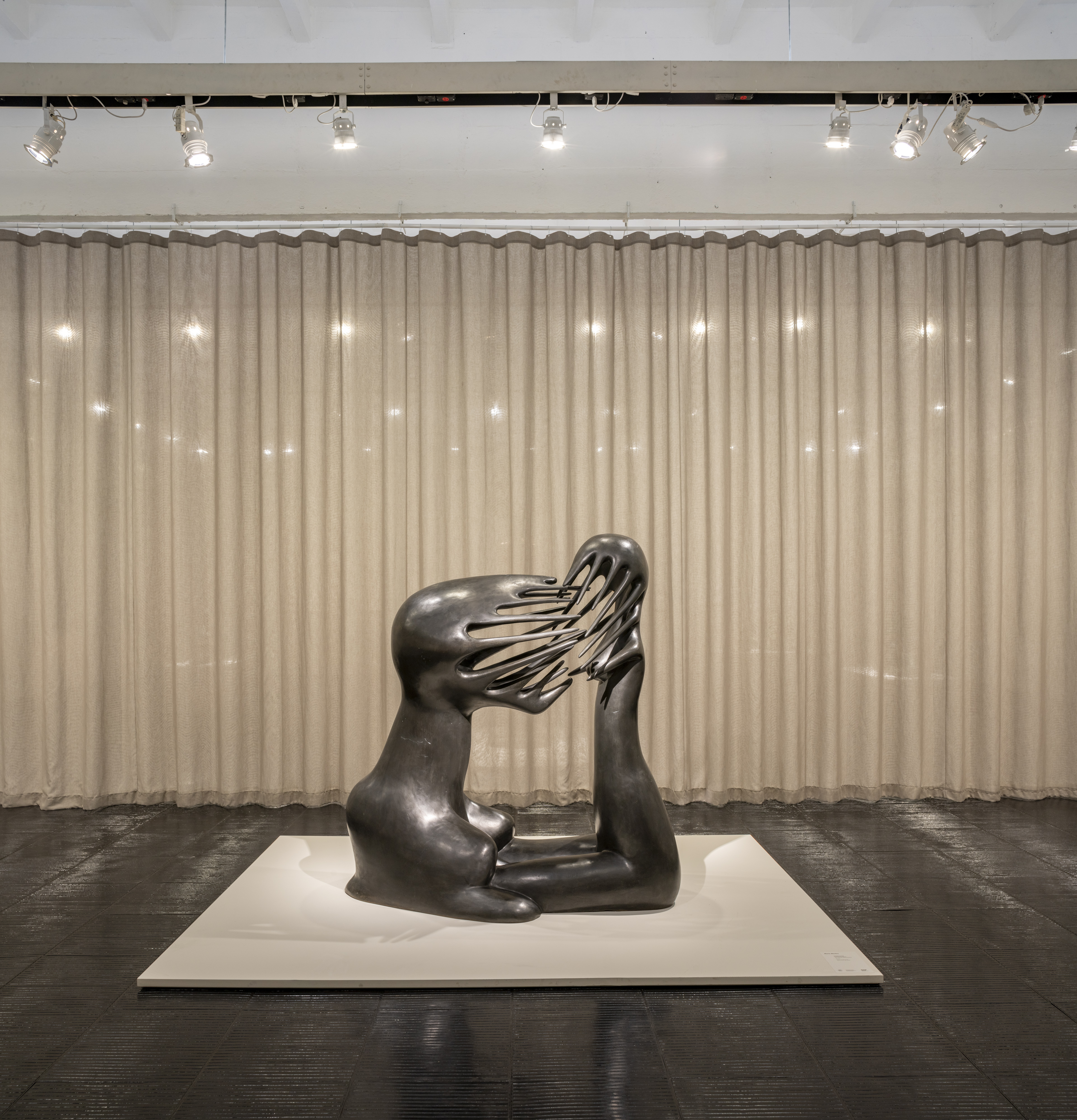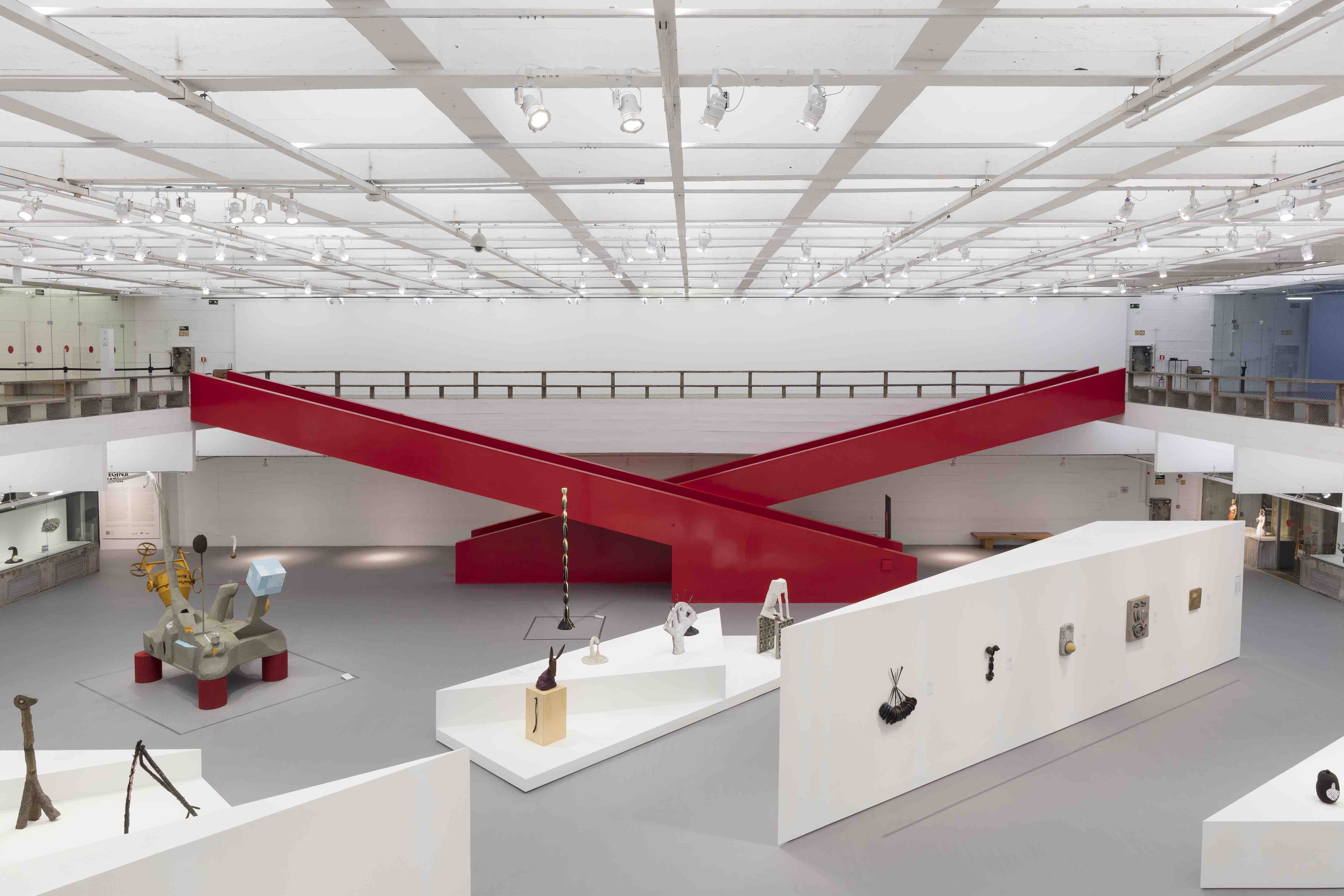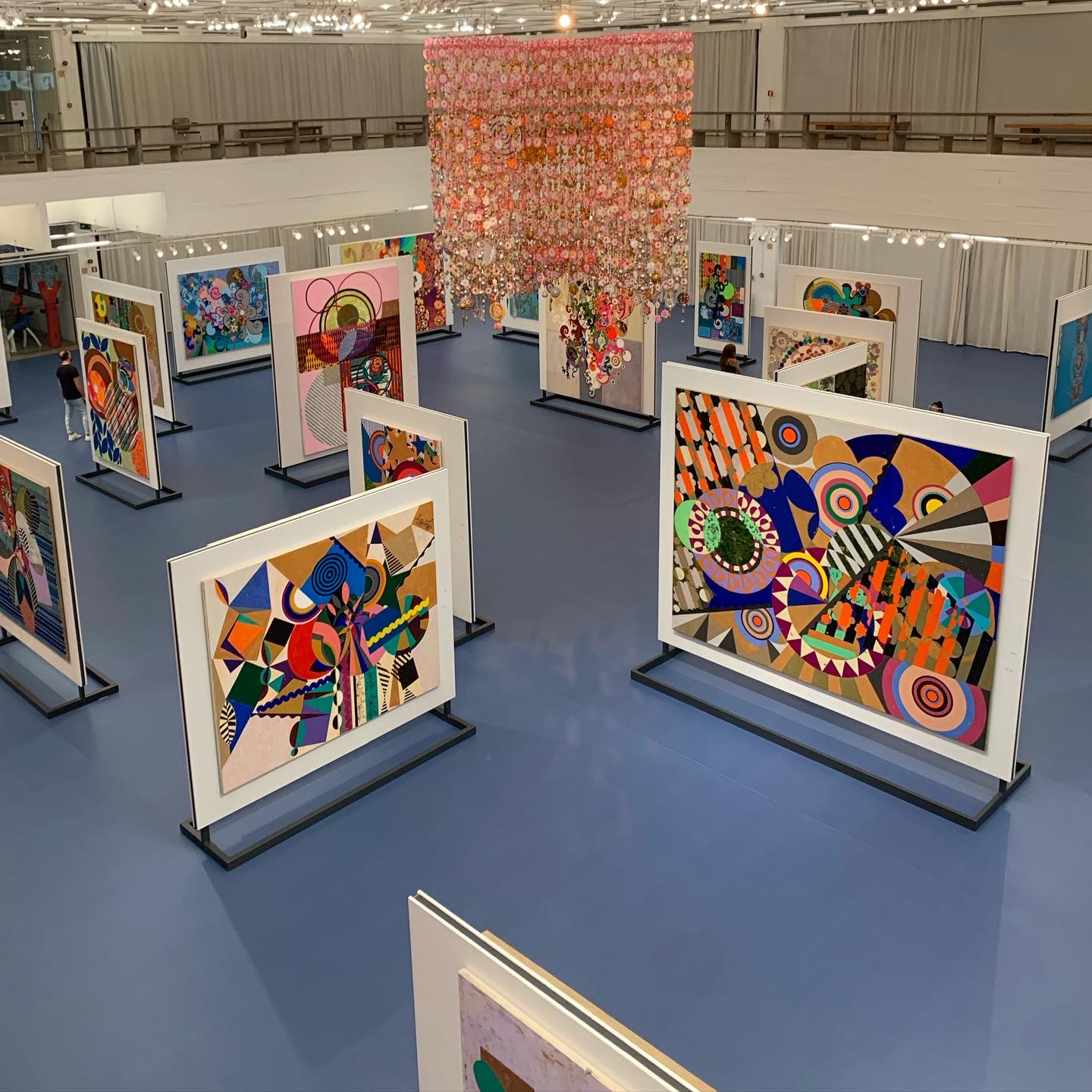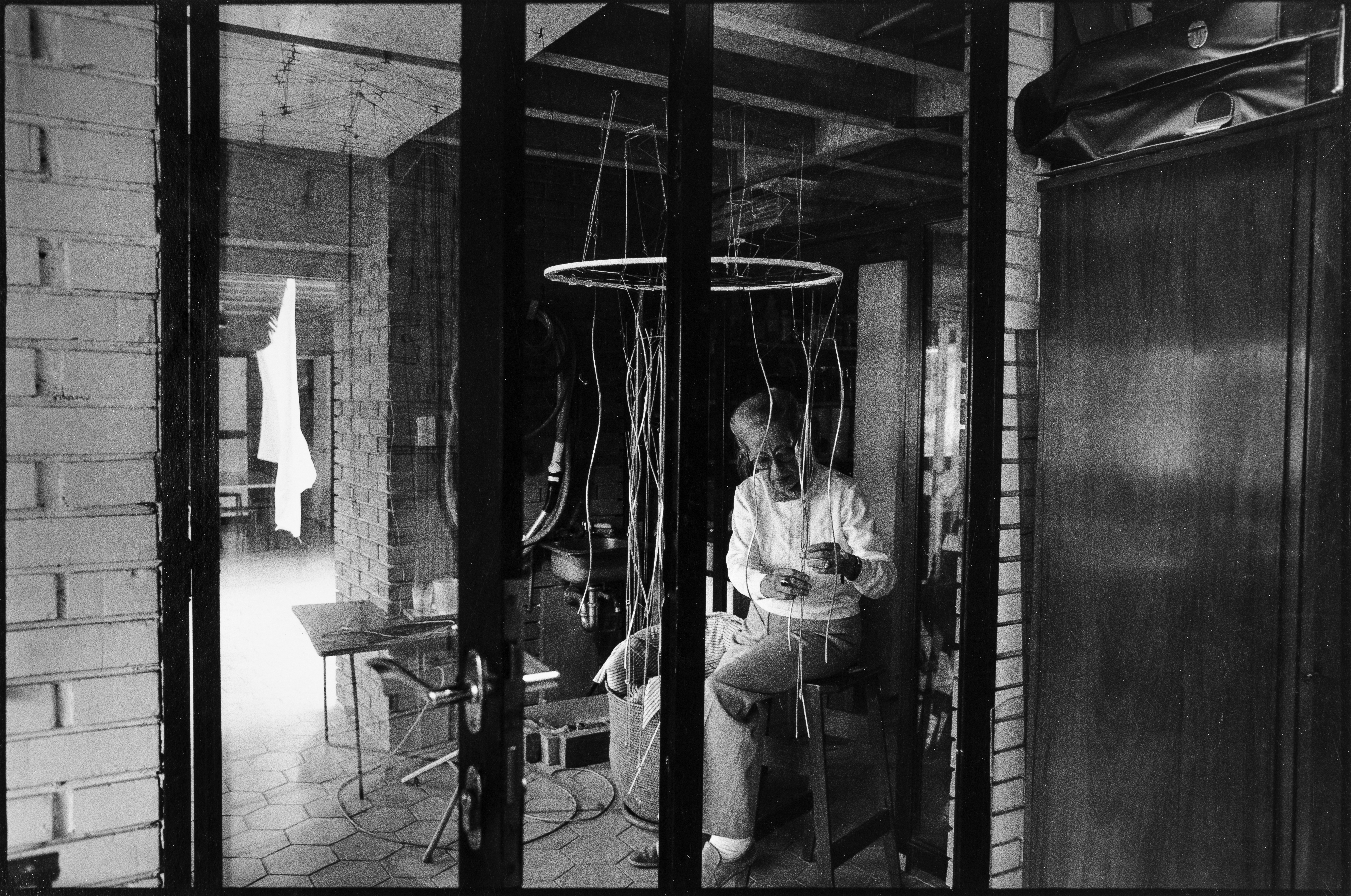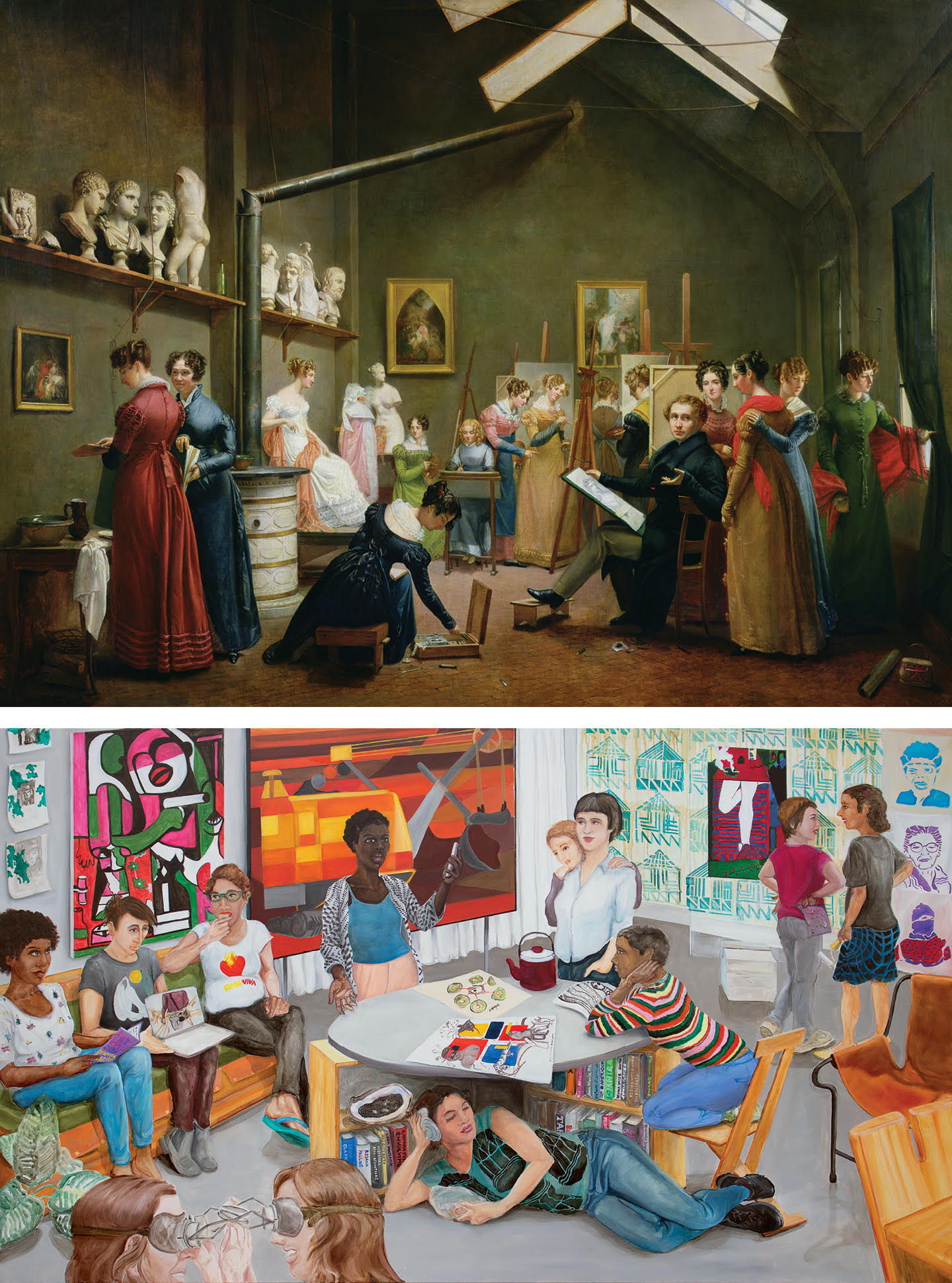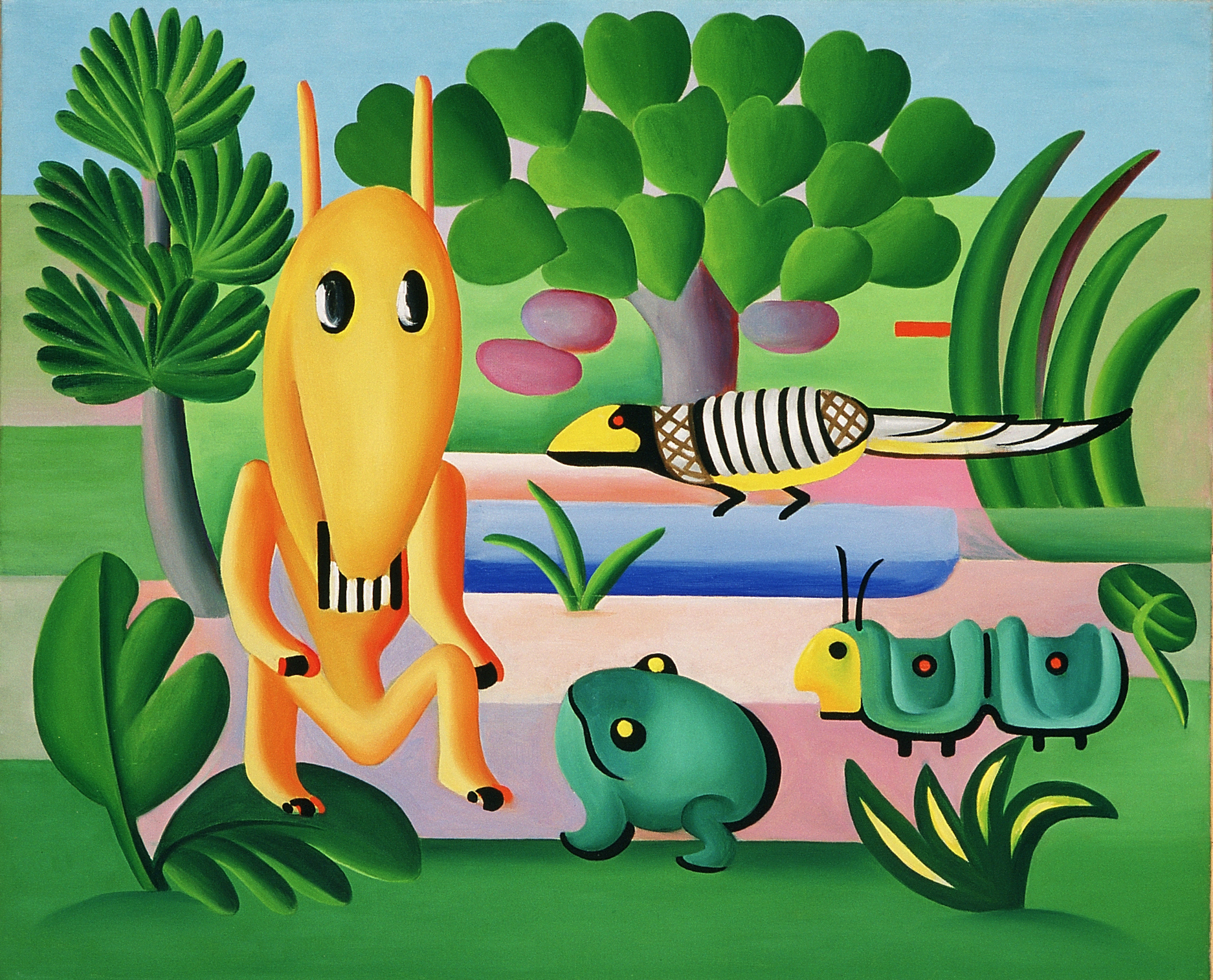Emanoel Araujo
April 6–June 3, 2018
São Paulo 01310200
Brazil
Hours: Tuesday 10am–8pm
Wednesday–Sunday 10am–6pm
T +55 11 3149 5959
imprensa@masp.org.br
In 2018, as MASP focuses on Afro‐Atlantic histories marked by the ebb and flow between Africa, the Caribbean and the Americas, the museum is hosting an exhibition on the work of Emanoel Araujo (Santo Amaro da Purificação, Brazil, 1940). It is the artist’s second solo show at the museum; the first one was held in 1981, in this same gallery, also occupying the ground‐level free span.
The new show is not a retrospective or organized chronologically. The works presented include 40 sculptures and woodcuts, grouped into thematic segments—Geometries, Masks, Orishas and Ships—as well as a selection of 30 posters. They reveal the artist’s interests, centered on modernist Brazilian and European traditions such as geometric abstraction, as well as on the folk culture of Bahia. Araujo’s output reflects his African origins: the West African Nago and Yoruba ancestry.
The section dedicated to geometry features woodcuts and wooden sculptures, made mostly in the 1970s when the artist developed abstract constructive compositions. The graphic structures and colors of these works dialogue with African art, including the patterns of traditional fabrics (such as Kente cloth from Ghana) and the colors of pan‐Africanism (black, red and green). A turning point in Araujo’s career was his participation in the Second World Black and African Festival of Arts and Culture (FESTAC), in 1977, in Lagos, Nigeria. After that trip to Africa, the artist began to include more direct references to African culture in his formal composition, thematic elements and artwork titles. This more direct strategy is evident in the series of masks and sculptures of orishas from the Afro‐Brazilian religion of Candomblé. In the masks, Araujo develops the African themes with colors and shapes that recall these ritualistic objects. In the sculptures dedicated to the orishas of Candomblé, the artist includes symbols about the entities and refers to them in the titles, such as Eshu, Shango, Obatala, Yemoja, Ogun and Oshosi.
In the ships section, Araujo conveys the violence of the slave trade under which Africans were forcefully removed from their continent to toil as slaves in the European colonies of the Americas and the Caribbean. Brazil received the largest number of enslaved Africans and has the dishonorable distinction of being the last nation of the Americas to abolish slavery. It only did so in 1888 with the Golden Law—whose 130th anniversary is this year.
Brazil is a country profoundly marked by slavery, but also by the extraordinary presence of African culture. This is the broader context in which we should understand the work of Emanoel Araujo, fundamental in a year dedicated to the Afro‐Atlantic histories at MASP. Besides its aesthetic research, the artist’s works invite the observer to reflect on Brazilian society—which is still violent, racist, unequal and unjust.
Emanoel Araujo, the Ancestrality of symbols: Africa-Brazil, on view through June 3, 2018, is curated by MASP's Tomás Toledo. The 176-page catalog accompanying the exhibition, edited by Toledo in Portuguese and English, offers a new article by the curator as well as reprints of two essays by George Nelson Preston and Clarival do Prado Valladares along with an interview with Araujo by Adriano Pedrosa.
Hours
10am–6pm
Thursdays 10am–8pm
Contacts
T + 55 (11) 3149-5959
imprensa@masp.org.br
www.masp.org.br


